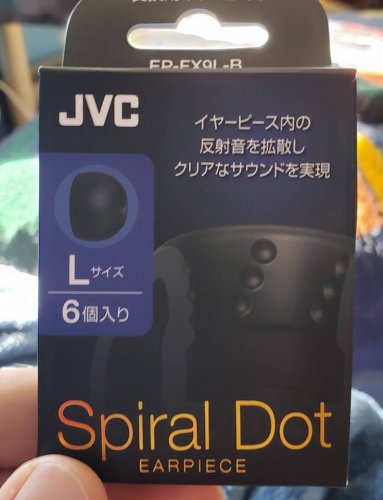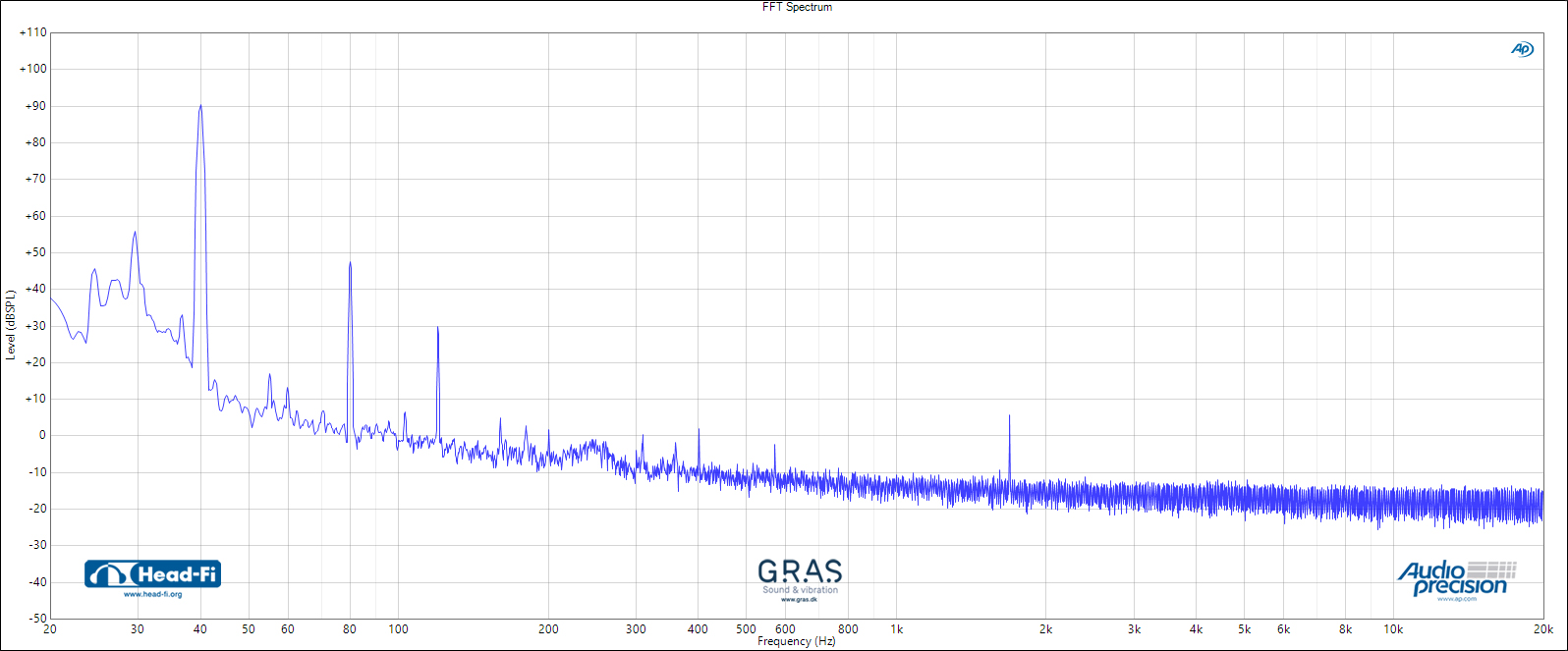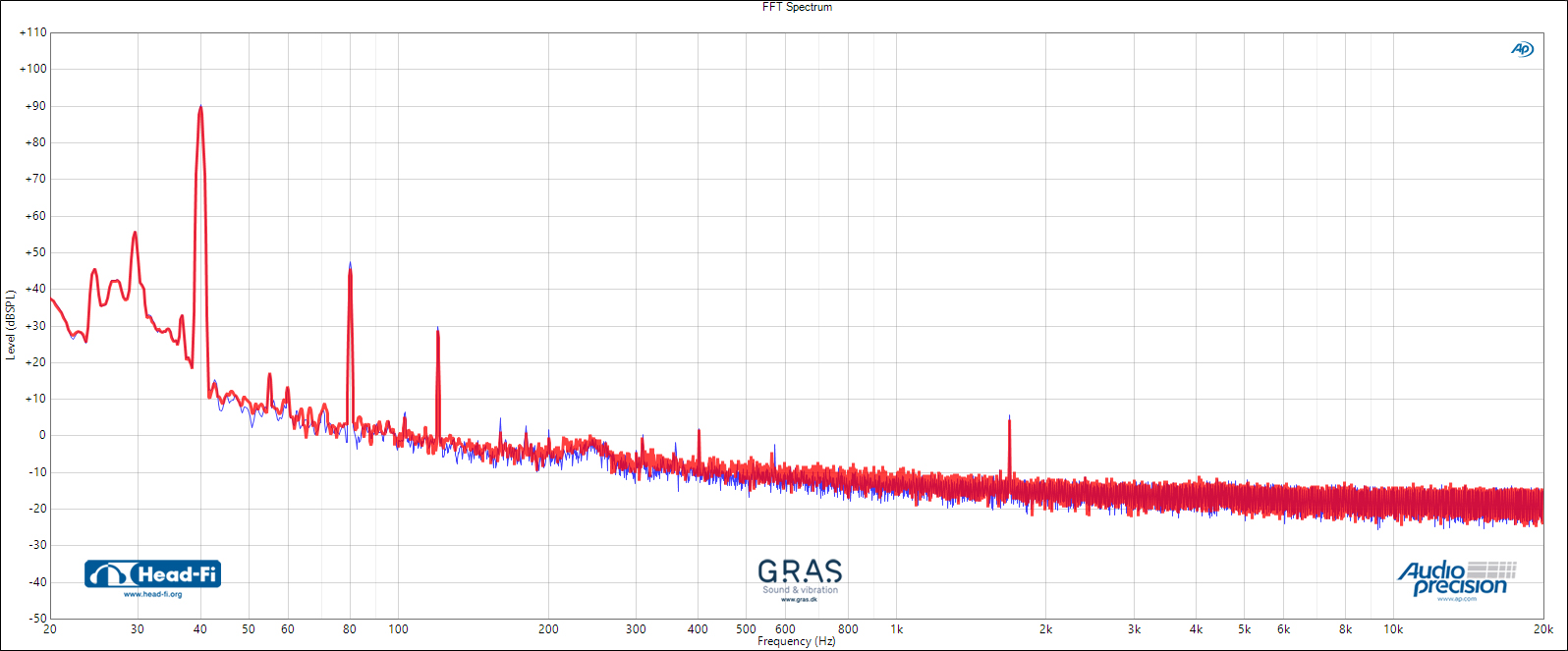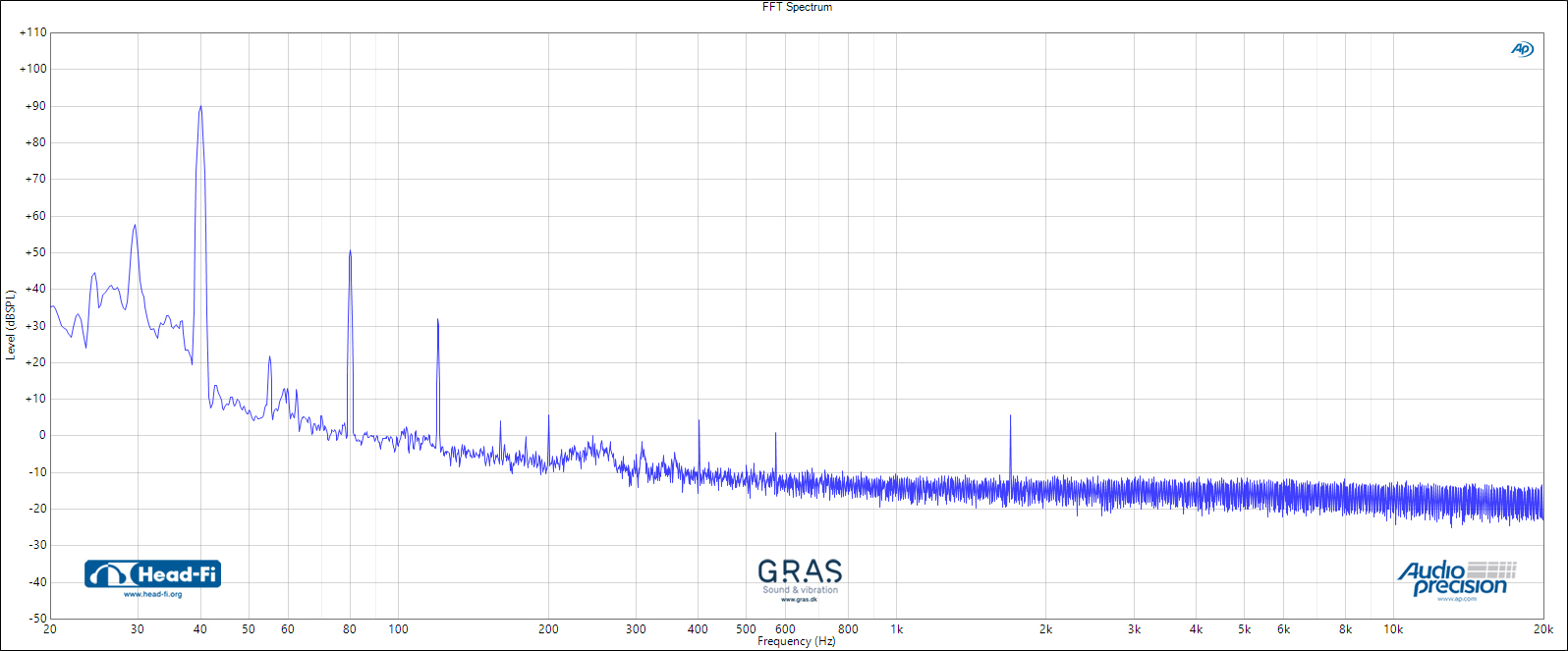Would throwing a tantrum get Focal, Sennheiser, HiFiMAN, Audeze, Shure, etc., etc. to send you the internal targets they use in their labs? I don't think so. To suggest that Campfire Audio is doing something at all out of the ordinary in not providing their internal targets to you because you're
"willing to throw tantrums" is absurd.
As for addressing their QC, he did post about that already -- not to your satisfaction, I get that. But, again, what you're asking for (like with the target curve you're forcefully requesting) you're not likely to get from any manufacturer -- not just Campfire Audio -- no matter now much indignation you show in demanding it.
Over the last four years, we've done thousands of measurements of headphones and IEMs here at Head-Fi HQ (of hundreds of different products). There is inevitably product variation, no matter how well made these products are. Campfire Audio is not dodging the issue when they talk about the importance of channel matching -- it is among the most important things a manufacturer can do. Let's take the Sennheiser HD800, for example, as that headphone is built as close to lab-grade as any headphone I can currently think of -- and I've measured a lot of them. Here are some FFT spectrum view plots from a few Sennheiser HD800 measurements we've made here:
 (Above) Fig.1 Sennheiser HD800 (S/N 00279), 40 Hz sine @ 90 dBSPL, left channel only
(Above) Fig.1 Sennheiser HD800 (S/N 00279), 40 Hz sine @ 90 dBSPL, left channel only
 (Above) Fig.2 Sennheiser HD800 (S/N 00279), 40 Hz sine @ 90 dBSPL, right channel (red) overlaid on left channel (blue)
(Above) Fig.2 Sennheiser HD800 (S/N 00279), 40 Hz sine @ 90 dBSPL, right channel (red) overlaid on left channel (blue)
 (Above) Fig.3 Sennheiser HD800 (S/N 45271), 40 Hz sine @ 90 dBSPL, left channel only
(Above) Fig.3 Sennheiser HD800 (S/N 45271), 40 Hz sine @ 90 dBSPL, left channel only
 (Above) Fig.4 Sennheiser HD800 (S/N 45271), 40 Hz sine @ 90 dBSPL, right channel (red) overlaid on left channel (blue)
(Above) Fig.4 Sennheiser HD800 (S/N 45271), 40 Hz sine @ 90 dBSPL, right channel (red) overlaid on left channel (blue)
 (Above) Fig.5 Sennheiser HD800 (S/N 45957), 40 Hz sine @ 90 dBSPL, left channel only
(Above) Fig.5 Sennheiser HD800 (S/N 45957), 40 Hz sine @ 90 dBSPL, left channel only
 (Above) Fig.6 Sennheiser HD800 (S/N 45957), 40 Hz sine @ 90 dBSPL, right channel (red) overlaid on left channel (blue)
(Above) Fig.6 Sennheiser HD800 (S/N 45957), 40 Hz sine @ 90 dBSPL, right channel (red) overlaid on left channel (blue)
As you can see, Sennheiser -- at least with their HD800-class headphones -- probably does some of the best channel-matching in the business. As you can also see, in any given headphone (each constituting a carefully set of paired drivers), not only do they match in the level of the fundamental tone (40 Hz in this case), but even the harmonic distortion spurs between the two channels in any given HD800 here very closely match up between both channels of the same headphone.
For these measurements, we set the level by having the analyzer adjust the voltage into the left channel until the left channel reached 90 dBSPL at the given frequency (40 Hz in this ase) -- so keep in mind that we only set voltage in the left channel, and that identical voltage level is also fed to the right at the same time. So if the right channel was more (or less) sensitive than the left, it would show the fundamental input spur at a different decibel level -- that is, the 40 Hz fundamental input spur of the right channel would have been higher than the left if the right was more sensitive, lower if it was less sensitive.
So, yes, Sennheiser's channel matching with the HD800 is obviously
impeccable.
But now look at this:
- HD800 serial number 00279 (one of the oldest units around) required 220.4 mVrms to reach 90 dBSPL at 40 Hz. (Fig.1 and Fig.2)
- HD800 serial number 45721 (brand new, never used, except for measurements) required 174.5 mVrms to reach 90 dBSPL at 40 Hz. (Fig.3 and Fig.4)
- HD800 serial number 45957 (brand new, never used, except for measurements) required 201.2 mVrms to reach 90 dBSPL at 40 Hz. (Fig.5 and Fig.6)
Again, carefully pairing drivers is critically important.
Also, when we measure headphones or IEMs, we do multiple realistic seatings, which (if it's an over-head headphone) involves different tightness settings, etc., as caliper pressure has an effect on the outcome, in addition to the obvious importance of position of the drivers over (or in) the fixtures. With in-ear monitors we also do multiple seatings, as eartips don't deform/deflect exactly the same way each different time they're inserted into the fixtures' ear canals. So for each new IEM seating, we remove the IEM from the ear completely and re-seat it.
Because there are some variations with the same headphone or IEM from seating to seating, we average the results after we've done multiple seatings. Here's a cut-and-paste from the measurement notes in one of our Audio Precision project files for a headphone we recently measured (this headphone is not released yet, so the model name has been replaced with "ACME ABC123"), this one covering three seatings:
If the headphone has detents in the headband (as this one in the example above does), we note who did the seating, how many clicks out of each side of the headband the headphone was sized to, and any additional notes we feel might be relevant to the seating, as to position over the ears, etc. Again, we're always going for realistic placements over (or in) the ears. For an IEM, we will note if we pushed a little deeper, twisted it clockwise or counter clockwise (especially for the anatomical-shape IEMs), etc.
(In my signature below is a link you can click on that includes a video showing part of the headphone measurement process here. We've made some process adjustments/changes since then, and we'll shoot an updated video some time after we return from CanJam Singapore.
I'll also be doing a presentation about headphone measurements at CanJam Singapore.)
What's my point? If every measurement of the same headphone or IEM was identical across all seatings, then we'd only need to measure once, not multiple times with averaging. Tyll Hertsens (now retired) of InnerFidelity actually showed the pre-averaged individual plots of all of his seatings overlaid -- anyone who looked at that section of the measurements (which perhaps most ignored) would know that even with the exact same unit, there's seat to seat variation. No matter the headphone or earphone, when measuring across different units of the same model, you will get variations -- and even more so across different units of the same model across measurement sessions. Again, if there weren't differences, we'd only need to measure once and save ourselves a
huge amount of time.
Campfire Audio uses a lot of the same gear we do at Head-Fi HQ for measurements (by GRAS and Audio Precision), in addition to other gear and software (like SoundCheck by Listen Inc.) for quality control and assurance. My conversations with many of the companies in this industry routinely go behind the scenes to their labs, including measurements from such, and Campfire Audio is one of them.
What you're asking for (like their internal target curves) you're not likely to get not just from Campfire Audio, but pretty much any other company in this industry, no matter how hard a tantrum you throw.
























































































